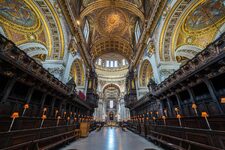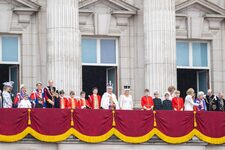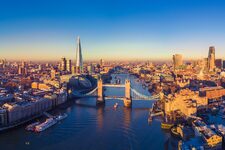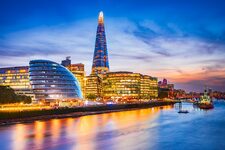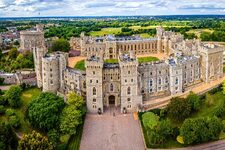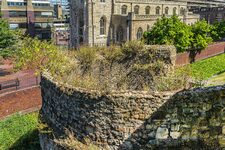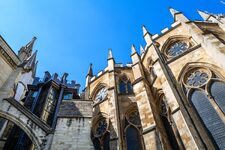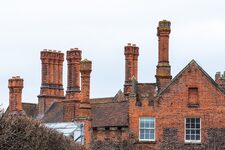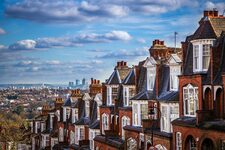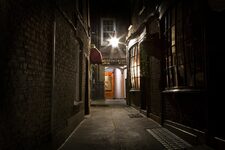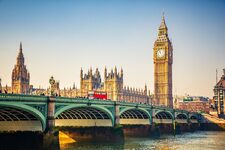London Unveiled: Architectural Diversity Shaped by Immigration
London Multicultural: Architectural Diversity
London, a city that has stood the test of time, is not just a melting pot of cultures, but a kaleidoscope of architectural styles influenced by waves of immigration. As you embark on a journey through its neighborhoods, you'll discover the captivating tapestry of London's architectural diversity, a testament to the rich history and cultural amalgamation that defines this vibrant metropolis.
1. The Historic Tapestry of Westminster
Begin your exploration in the heart of London, where the iconic Westminster stands tall as a symbol of the city's political and historical significance. The Gothic masterpiece of Westminster Abbey, with its soaring spires and intricate detailing, reflects centuries of English architectural tradition. However, a closer look unveils the influences of French Gothic architecture, reminding us of the Norman Conquest's impact on England.
2. Soho: The Bohemian Blend
Head east to Soho, a neighborhood that has undergone a remarkable transformation over the years. Initially a refuge for artists and writers, Soho's architecture tells a story of bohemian rebellion. Victorian townhouses stand side by side with Georgian terraces, creating a unique urban landscape. The influx of immigrants in the mid-20th century further enriched Soho's architectural tapestry, introducing a medley of styles from around the world.
3. Brick Lane: A Taste of the East
Immerse yourself in the vibrant culture of London's East End, where Brick Lane stands as a testament to the city's multiculturalism. Once a hub for Huguenot silk weavers, this area later welcomed a significant influx of Bengali immigrants. The result? A striking blend of Georgian townhouses adorned with colorful storefronts, and the unmistakable aroma of curry wafting through the air. Brick Lane embodies the harmonious coexistence of diverse architectural styles, mirroring the multicultural fabric of London.
4. Notting Hill: The Caribbean Connection
Venture west to the fashionable district of Notting Hill, celebrated for its pastel-colored houses and bustling Portobello Road Market. The architectural charm of Notting Hill is deeply intertwined with the Caribbean community that settled here in the mid-20th century. Rows of Victorian townhouses are adorned with vibrant hues, reflecting the Caribbean influence and adding a lively dimension to this picturesque neighborhood.
5. Southbank: Modern Marvels
Cross the River Thames to the Southbank, a contemporary hub that showcases London's commitment to modern architecture. The juxtaposition of sleek glass buildings and iconic landmarks like the Shard creates a skyline that is both dynamic and forward-thinking. Southbank, with its cultural venues and innovative designs, stands as a symbol of London's ability to embrace the future while preserving its rich architectural heritage.
6. Shoreditch: Street Art and Industrial Chic
Conclude your architectural journey in Shoreditch, an East London neighborhood known for its eclectic mix of street art and industrial architecture. Former warehouses have been transformed into trendy lofts, blending the raw charm of industrial design with modern aesthetics. The graffiti-covered walls tell a story of urban expression, adding a contemporary layer to Shoreditch's architectural narrative.
In the end, London's architectural diversity is not just a reflection of its history but a celebration of the people who have made this city their home. Each neighborhood tells a unique story of immigration, cultural integration, and the ever-evolving nature of London's identity. As you traverse through these distinct districts, remember that London's architectural beauty lies not just in its landmarks but in the living history etched into every brick and facade.

